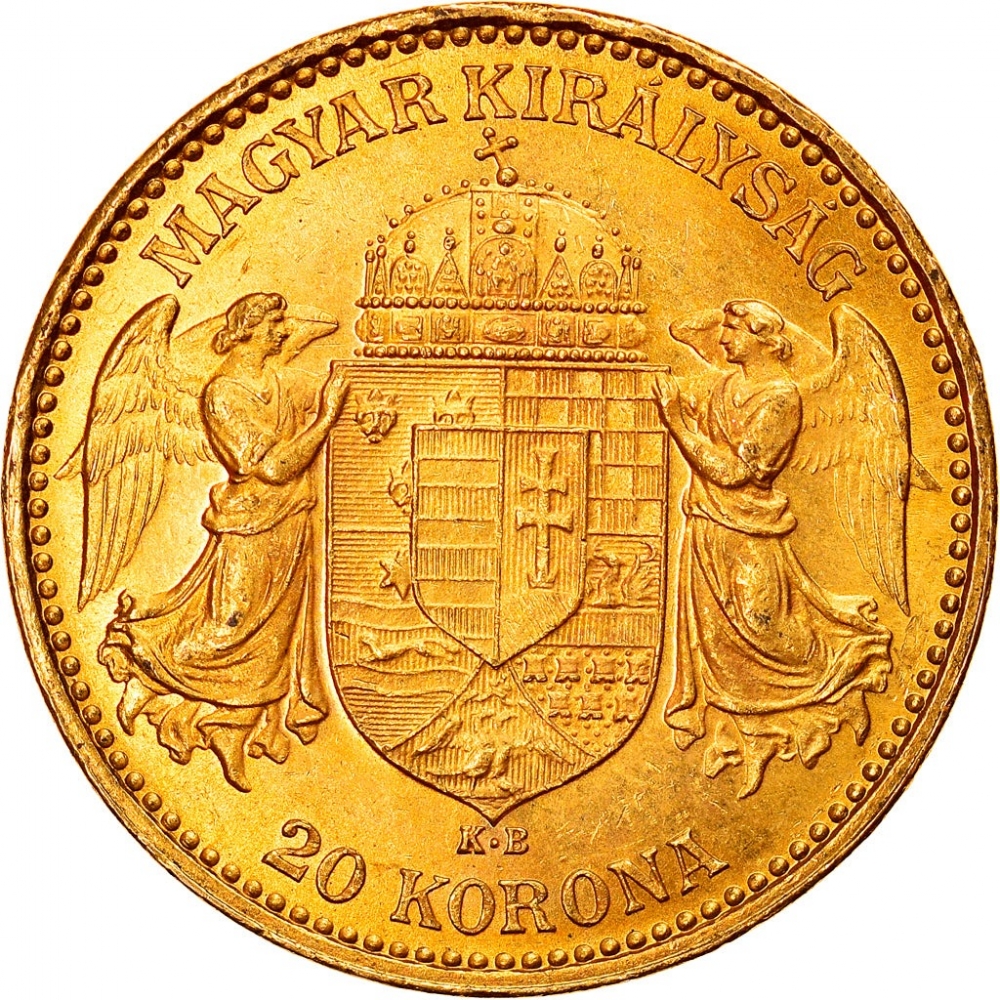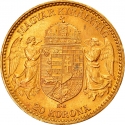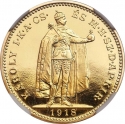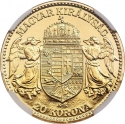You are about to finish your registration. Please check your mailbox (including spam folder). There should be a letter with a confirmation link. Check setting to make sure that your e-mail address is correct.
Send letter againDescription
Franz Joseph I or Francis Joseph I (1830–1916) was Emperor of Austria, King of Hungary, and ruler of the Habsburg monarchy from 1848 until his death in 1916. Initially governing the Austrian Empire, he later established the dual monarchy of Austria-Hungary in 1867. During his reign, he resisted constitutionalism and faced significant territorial losses in the Second and Third Italian Wars of Independence and the Austro-Prussian War. Notably, he agreed to the Austro-Hungarian Compromise of 1867, granting greater autonomy to Hungary.
Franz Joseph's reign was marked by personal and political challenges, including the execution of his brother Emperor Maximilian I of Mexico, the suicide of his son Rudolf, and the assassinations of his wife Elisabeth and his nephew Archduke Franz Ferdinand. The latter's assassination in 1914 precipitated World War I. His annexation of Bosnia and Herzegovina in 1908 and subsequent conflicts in the Balkans further strained international relations. Franz Joseph ruled for nearly 68 years, succeeded by his grandnephew Charles I & IV.
Obverse

|
Depicts a standing portrait of Emperor Franz Joseph I wearing the Hungarian Holy Crown. The ruler is dressed in the Hungarian coronation mantle, holding a scepter in his right hand and an orb in his left and surrounded by the inscription "Franz Joseph I by the Grace of God Emperor of Austria and Apostolic King of Hungary, Croatia, Slavonia, Dalmatia" above and the issue year below. FERENCZ JÓZSEF I•K•A• CS•ÉS M•H•S•D•O•AP•KIR• |
|---|---|
Reverse

|
Depicts the coat of arms of the Hungarian Kingdom with the Holy Crown. An angel on each side holds the coat of arms. At the bottom point of the coat of arms, the mint mark "K•B" (Kremnica) is located. The inscription "HUNGARIAN KINGDOM" is above, and the denomination is below. MAGYAR KIRÁLYSÁG |
| Edge |
Depicts the personal motto of the Emperor as Apostolic King of Hungary: "My faith is in ancient virtue." BIZALMAM AZ ŐSI ERÈNYBEN |





